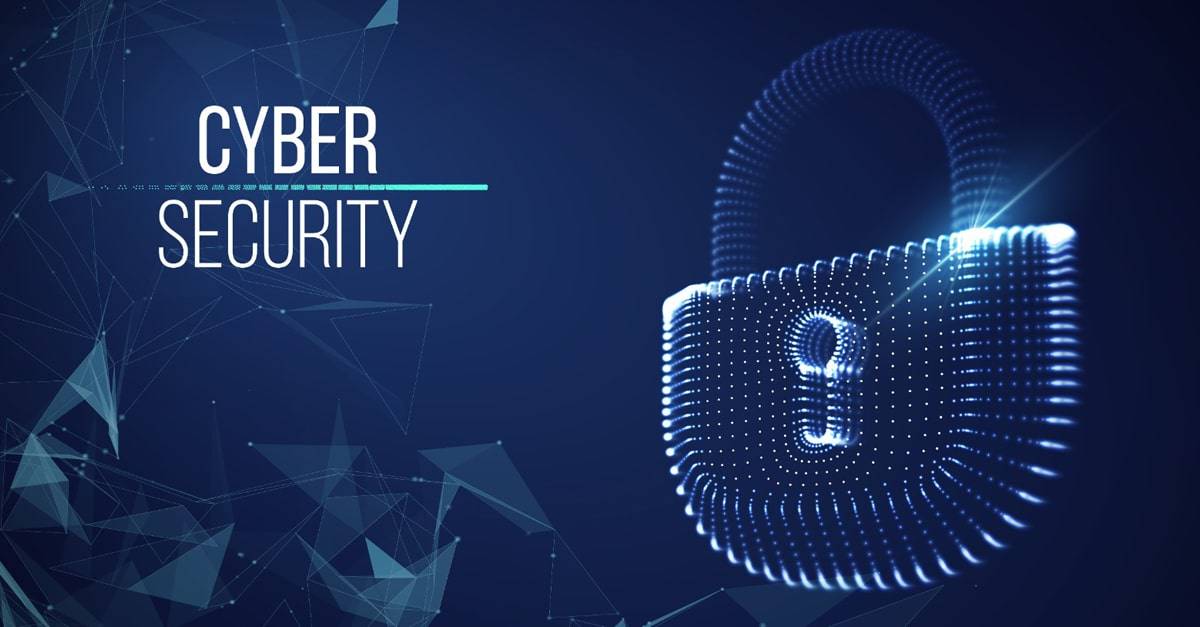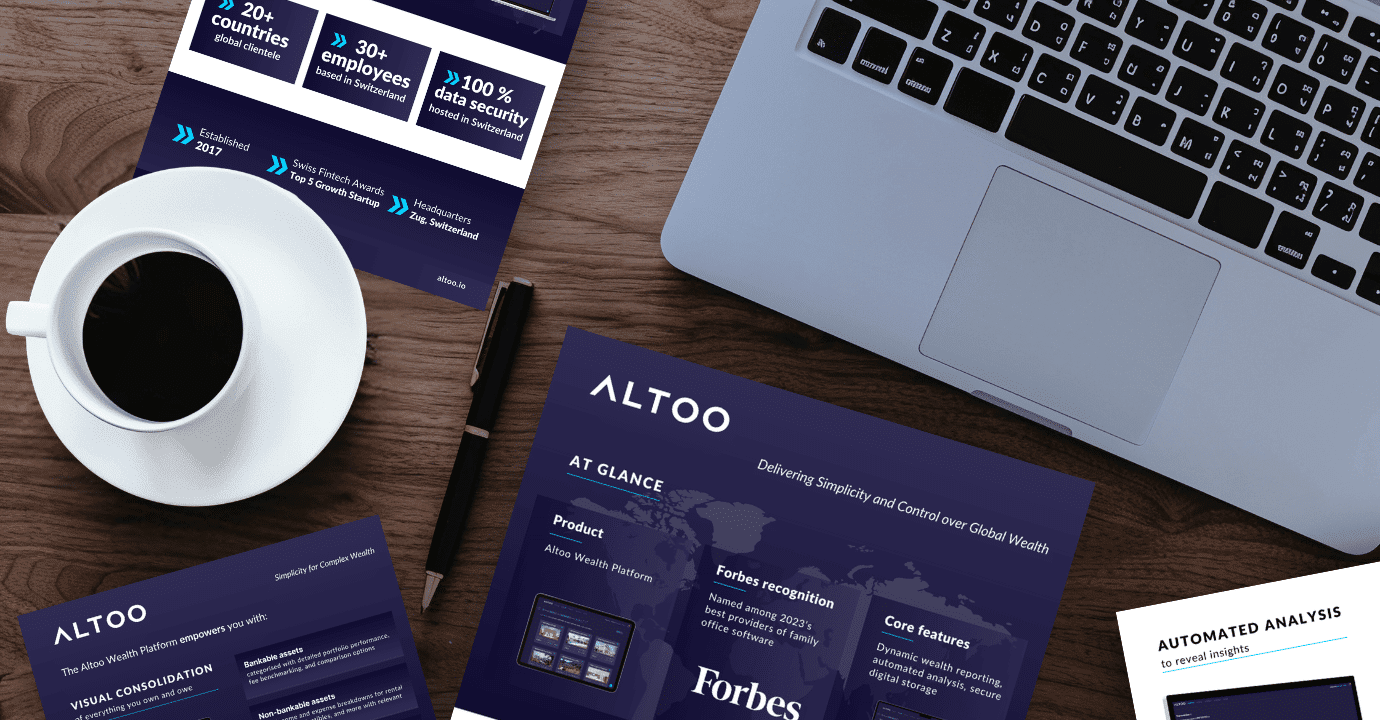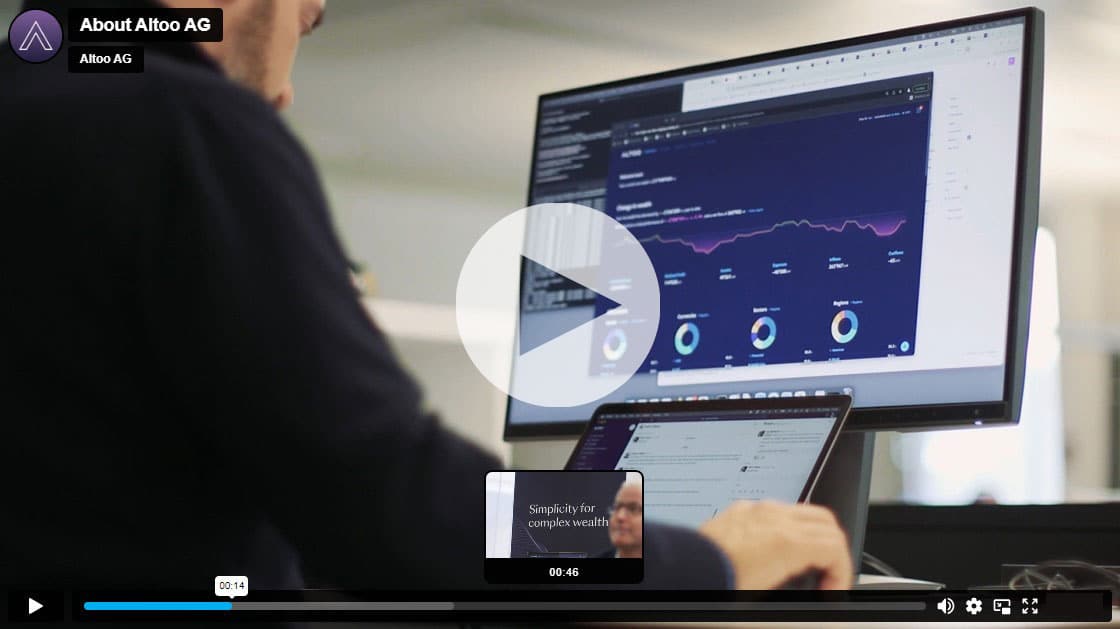These offices combine significant financial assets with highly confidential personal information. According to Cybersecurity Ventures, the global cost of cybercrime could soar to $10.5 trillion by 2025. For family offices that oversee multigenerational fortunes, strengthening digital defenses is as crucial as traditional asset allocation.
Ransomware attacks, phishing schemes, and supply-chain attacks are growing more sophisticated, seizing on vulnerabilities in personal devices, informal communication methods, and third-party vendors. According to a Deloitte survey, nearly 60 percent of European family offices experienced at least one attempted cyberattack over the course of a year. Though smaller than large financial institutions, they are often seen by criminals as “soft targets,” lacking the rigorous cybersecurity protocols demanded of banks or heavily regulated entities.
“Family offices hold the keys to multigenerational legacies, which makes them magnets for sophisticated cyber threats,” says Ian Keates, CEO at Altoo AG, a Swiss-based wealth-tech firm. For years, high-net-worth families gravitated toward Switzerland’s stable regulatory environment and reputation for financial discretion. Yet even the Swiss Federal Act on Data Protection (FADP) and other stringent data-secrecy laws have not deterred attackers looking to compromise email accounts, unsecured networks, or the personal devices of traveling staff.
Why Family Offices Are Prime Targets
The risks are difficult to ignore. IBM’s Cost of a Data Breach Report recently noted that the average financial-services breach reached $5.85 million in 2024, not counting the potential fallout from reputation damage, which can account for a significant portion of the total loss. Over 79 percent of global organizations still lack mature risk assessment processes, according to PwC. That shortcoming leaves many family offices ill-prepared for increasingly targeted schemes, especially at a time when remote work exposes additional vulnerabilities. PwC’s Global Insights highlights that as much as 70 percent of breaches stem from insecure remote access, underscoring the urgency of instituting virtual private networks and encrypted communication channels.
Wealth Aggregation: Simple, Dynamic, and Secure Beyond Compare. Discover the Altoo Wealth Platform!
Still, those willing to invest in robust cybersecurity can significantly reduce their exposure. Proactive risk assessments – benchmarking against standards like ISO 27001 or NIST’s Cybersecurity Framework – help pinpoint weaknesses in personal devices, vendor contracts, and data-sharing protocols.
Deploying Defence in Depth
Substantial measures are being taken by the more prepared family offices. Deloitte’s research points to a “defence in depth” strategy – using multiple layers of protection such as encryption, intrusion detection systems, and endpoint security – to reduce the likelihood of catastrophic breaches. Zero Trust Architecture, a “never trust, always verify” model endorsed by McKinsey, can halve the risk of a successful attack by insisting on continuous verification of every user and device.
Increasingly, family offices also seek more secure communication tools. Providers like ProtonMail, headquartered in Switzerland, have seen a 200 percent jump in client sign-ups from wealth managers keen to shield sensitive data from prying eyes. VPNs are another must, particularly with remote staff or travelling family members, as unprotected networks can open a back door to highly confidential records.
Altoo Wealth Platform: Security Highlights

“At Altoo, we take a privacy-by-design approach to safeguarding client wealth. Our platform encrypts data end-to-end, enforces rigorous authentication, and stores no personal information in the cloud. This holistic security model ensures that family offices not only gain clarity on their assets but also peace of mind in an era of escalating cyber threats.”
Ian Keates, CEO at Altoo AG
| FEATURE | KEY ASPECT | BENEFIT |
|---|---|---|
| Swiss Hosting & Data | Swiss-based, strict FADP compliance | Leverages strong legal privacy framework for sensitive data |
| End-to-End Encryption | Encrypts data at rest and in transit | Blocks unauthorized access, even if networks are compromised |
| Multi-Factor Authentication | Requires two-step login (password + code/biometric) | Minimizes account breaches from weak or stolen credentials |
| Strict Access Controls | Role-based permissions and user management | Limits data visibility to authorized personnel only |
| No Unencrypted Personal Data in Cloud | Stores no sensitive info unencrypted on external servers | Reduces exposure and data-mining risk for attackers |
| Regular Penetration Testing | Ongoing third-party and internal vulnerability checks | Quickly identifies and fixes weaknesses before exploits occur |
| Privacy-by-Design | Security integrated into every | Ensures long-term compliance and protects family wealth data |
| FEATURE | Swiss Hosting & Data |
| KEY ASPECT | Swiss-based, strict FADP compliance |
| BENEFIT | Leverages strong legal privacy framework for sensitive data |
| FEATURE | ISO 27001-Compliant |
| KEY ASPECT | Global standard with regular audits |
| BENEFIT | Demonstrates consistent adherence 6 to international security |
| FEATURE | End-to-End Encryption |
| KEY ASPECT | Encrypts data at rest and in transit |
| BENEFIT | Blocks unauthorized access, even if networks are compromised |
| FEATURE | Multi-Factor Authentication |
| KEY ASPECT | Requires two-step login (password + code/biometric) |
| BENEFIT | Minimizes account breaches from weak or stolen credentials |
| FEATURE | Strict Access Controls |
| KEY ASPECT | Role-based permissions and user management |
| BENEFIT | Limits data visibility to authorized personnel only |
| FEATURE | No Unencrypted Personal Data in Cloud |
| KEY ASPECT | Stores no sensitive info unencrypted on external servers |
| BENEFIT | Reduces exposure and data-mining risk for attackers |
| FEATURE | Regular Penetration Testing |
| KEY ASPECT | Ongoing third-party and internal vulnerability checks |
| BENEFIT | Quickly identifies and fixes weaknesses before exploits occur |
| FEATURE | Privacy-by-Design |
| KEY ASPECT | Security integrated into every |
| BENEFIT | Ensures long-term compliance and protects family wealth data |
For more, visit: https://altoo.io/security/
Beyond Technology: Policies, Insurance and the Human Factor
While technology helps, good governance and vigilant staff are equally critical. The Ponemon Institute’s studies reveal that organizations with detailed incident-response plans detect and contain breaches 40 percent faster, underscoring the value of crisis simulations and clear communication protocols. In practice, this means designating who must be alerted in the event of a breach – whether it is legal counsel, family members, or external advisors – and ensuring no time is lost to confusion. Meanwhile, persistent training is essential to mitigate human error, which McKinsey estimates is responsible for roughly 40 percent of security lapses. Regular phishing tests, cybersecurity drills, and ongoing education can significantly lower the success rate of social-engineering scams.
Insurance is also becoming a critical piece of the puzzle. PwC’s latest Cyber Insurance Market Review cites a 25 percent year-on-year growth in cyber policy uptake among private banking and family office clients. But, as Ian Keates from Altoo AG warns, “Insurance alone can’t save your reputation. It’s critical to pair coverage with proactive measures.” Scrutinizing sub-limits for ransomware or social engineering within these policies is essential – especially for organizations that rely on external vendors, where vulnerabilities can be passed down the supply chain.
In the end, technology offers only part of the solution. A cohesive plan that marries cutting-edge security tools with policy frameworks, thorough training, third-party oversight, and a robust incident-response strategy puts family offices on stronger footing. The stakes are high: by 2030, some $2 trillion in family wealth is estimated to transfer across generations, according to the Boston Consulting Group. The success of that transfer hinges not only on wise investments, but also on protecting assets from new and evolving digital threats. For families intent on preserving their legacies, cybersecurity must be as integral to their operation as estate planning.
Cybersecurity Action Plan for Family Offices (2025)
| FOCUS AREA | ACTION | WHY IT MATTERS | QUICK TIPS |
|---|---|---|---|
| Risk Assessment | Conduct a Deep Dive | Uncover hidden vulnerabilities before attackers do | Use NIST or ISO 27001 frameworks; update every 6–12 months |
| Defense in Depth | Layer Your Security | Reduces chances of a single breach taking everything | Combine firewalls, endpoint protection, intrusion detection, and MFA |
| Zero Trust Approach | Adopt “Never Trust, Always Verify” | Blocks lateral movement by attackers within the system | Segment your network; confirm all users and devices at every access |
| Secure Communications | Encrypt & VPN All Channels | Prevents eavesdropping on sensitive data | Implement secure email systems; mandate VPN for remote or traveling staff |
| Third-Party Oversight | Demand Security Compliance | Most breaches exploit weak vendors | Include cybersecurity clauses in contracts; verify SOC 2 or ISO 27001 credentials |
| Incident Response | Create & Rehearse a Crisis Plan | Faster containment saves money and reputation | Assign response roles; run breach simulations; define notification timelines |
| Cyber Insurance | Insure Against The Worst | Mitigates legal and recovery costs, not reputation | Check sub-limits for ransomware & social engineering; align with risk profile |
| Continuous Monitoring | Watch in Real Time | Quick detection can cut breach damage significantly | Invest in a Security Operations Center (SOC) or outsource 24/7 monitoring |
| Regulatory Compliance | Stay Legal, Stay Secure | Avoid fines & legal battles; maintain client trust | Monitor GDPR, FADP, local laws; consult legal experts; document processes and policies regularly |
| FOCUS AREA | Risk Assessment |
| ACTION | Conduct a Deep Dive |
| WHY IT MATTERS | Uncover hidden vulnerabilities before attackers do |
| QUICK TIPS | Use NIST or ISO 27001 frameworks; update every 6–12 months |
| FOCUS AREA | Defense in Depth |
| ACTION | Layer Your Security |
| WHY IT MATTERS | Reduces chances of a single breach taking everything |
| QUICK TIPS | Combine firewalls, endpoint protection, intrusion detection, and MFA |
| FOCUS AREA | Zero Trust Approach |
| ACTION | Adopt “Never Trust, Always Verify” |
| WHY IT MATTERS | Blocks lateral movement by attackers within the system |
| QUICK TIPS | Segment your network; confirm all users and devices at every access |
| FOCUS AREA | Secure Communications |
| ACTION | Encrypt & VPN All Channels |
| WHY IT MATTERS | Prevents eavesdropping on sensitive data |
| QUICK TIPS | Implement secure email systems; mandate VPN for remote or traveling staff |
| FOCUS AREA | Third-Party Oversight |
| ACTION | Demand Security Compliance |
| WHY IT MATTERS | Most breaches exploit weak vendors |
| QUICK TIPS | Include cybersecurity clauses in contracts; verify SOC 2 or ISO 27001 credentials |
| FOCUS AREA | Incident Response |
| ACTION | Create & Rehearse a Crisis Plan |
| WHY IT MATTERS | Faster containment saves money and reputation |
| QUICK TIPS | Assign response roles; run breach simulations; define notification timelines |
| FOCUS AREA | Cyber Insurance |
| ACTION | Insure Against The Worst |
| WHY IT MATTERS | Mitigates legal and recovery costs, not reputation |
| QUICK TIPS | Check sub-limits for ransomware & social engineering; align with risk profile |
| FOCUS AREA | Continuous Monitoring |
| ACTION | Watch in Real Time |
| WHY IT MATTERS | Quick detection can cut breach damage significantly |
| QUICK TIPS | Invest in a Security Operations Center (SOC) or outsource 24/7 monitoring |
| FOCUS AREA | Regulatory Compliance |
| ACTION | Stay Legal, Stay Secure |
| WHY IT MATTERS | Avoid fines & legal battles; maintain client trust |
| QUICK TIPS | Monitor GDPR, FADP, local laws; consult legal experts; document processes and policies regularly |














